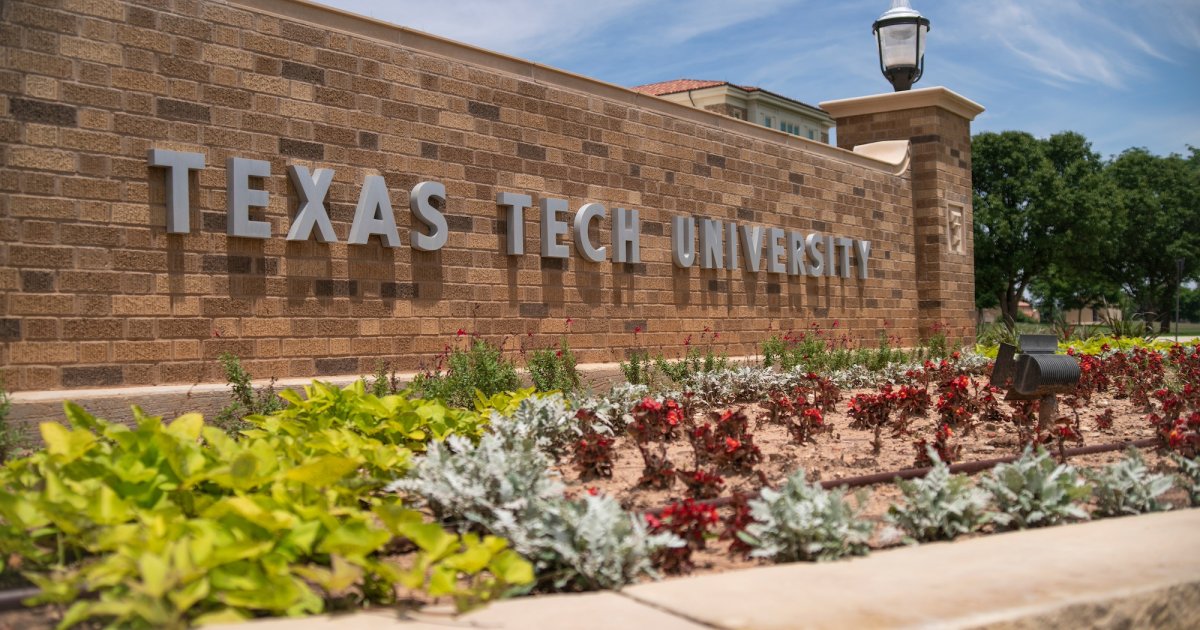In a major broadside against the First Amendment, public university systems in Texas are ordering faculty to watch what they say in the classroom, as state authorities have outlined ideas they want universities to stay away from when teaching their courses.
The Texas Tech University System ordered its five member-universities to comb through faculty materials to root out any of the state’s disfavored viewpoints, and Texas A&M ordered its faculty not to “advocate” for “race or gender ideology,” or topics concerning sexual orientation or gender identity in the classroom, without getting approval for whatever they’re teaching first.
On Dec. 1, the Texas Tech University System issued a memo to faculty outlining the views faculty members cannot “promote or otherwise inculcate” in the classroom. Those concepts include:
- One race or sex is inherently superior to another;
- An individual, by virtue of race or sex, is inherently racist, sexist, or oppressive, consciously or unconsciously;
- Any person should be discriminated against or receive adverse treatment because of race or sex;
- Moral character or worth is determined by race or sex;
- Individuals bear responsibility or guilt for actions of others of the same race or sex; or
- Meritocracy or a strong work ethic are racist, sexist, or constructs of oppression.
The memo also requires that if faculty believe that their course materials may touch on these issues, they must submit the material to the Board of Regents for review.
At first glance, some of these concepts may appear innocuous on the surface. The memo attempts to hedge by cabining its impacts to “advocacy or promotion,” which it defines as “presenting these beliefs as correct or required and pressuring students to affirm them, rather than analyzing or critiquing them as one viewpoint among others.”
Meanwhile, at Texas A&M, the Office of the Provost issued guidance prohibiting faculty from “requiring or encouraging students to hold certain beliefs, particularly regarding gender or race ideology or sexual orientation, or to feel shame for belonging to certain racial or ethnic groups.” Faculty there also have to submit their course materials for review before teaching. That guidance hedges itself by specifying that faculty may still “present concepts and theories that are contrary to what a student believes.”
But a significant chilling effect remains. It does not take much to envision how broad, sweeping mandates like these chill faculty instruction. The state is singling out specific viewpoints that it does not want faculty to teach their students. If faculty wanted to impose the opposite viewpoint — say, the idea that moral character or worth is not determined by race or sex, that would presumably be fine with state authorities.
Those authorities may not like it, but the First Amendment prohibits the singling out of specific viewpoints for disfavor. When faculty discuss these issues, they will have to walk on eggshells to ensure that they aren’t perceived as advocating for a specific viewpoint. But if they want to just stick to pressuring students to adopt the state’s pre-approved position? No problem!
That’s viewpoint discrimination, plain and simple. Preventing faculty — or anyone else — from speaking based on the ideas they express is “censorship in its purest form.” Academic freedom protects the right of faculty to determine how best to approach potentially sensitive topics. It does not abide administrators placing their thumbs on the scale for ideas they like or dislike.
The language in Texas Tech’s memo echoes language in Florida’s Stop WOKE Act, which FIRE is currently challenging to prevent the law from restricting the classroom instruction of faculty at colleges and universities in Florida. That act regulates classroom instruction on eight concepts regarding “race, color, national origin, or sex.”
In late 2022, after FIRE sued, a federal court halted the enforcement of the act’s components implicating higher education. The court described the act’s restrictions as “positively dystopian” and rightfully recognized that the First Amendment protects professors’ in-class speech, and therefore prohibits authorities from banning teaching certain ideas in the classroom.
Now, FIRE is writing to all of the member universities of the Texas Tech system, and publicly flagging our serious concerns with these directives from authorities. We urge universities to remain steadfast in their commitment to the First Amendment. Those well-versed in their constitutional history know that decades ago the Supreme Court warned against “laws that cast a pall of orthodoxy over the classroom,” Authorities in Texas would do well to remember this lesson.



